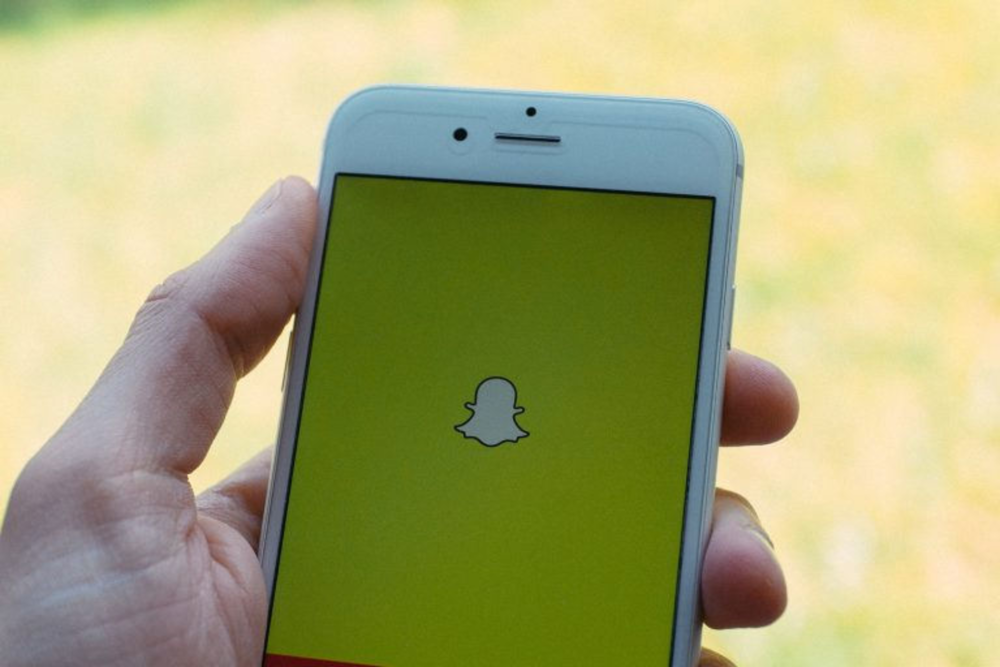Snap Inc., formerly known as Snapchat, officially launched its first technological product with the announcement of Spectacles, a “new type of camera.”
Spectacles is a camera with a 115-degree field of view and can record up to 30 seconds of video with a lens located on the frames near the left eye. The camera can connect directly to Snapchat via Bluetooth or Wi-Fi transfer Memories directly into the app in a new circular video format.
While the glasses/camera is interesting as a consumer product now, it can be seen as the first step towards an iterative process to launch a virtual reality product, a field in which it currently lags behind its greatest rival Facebook.
In March 2014, Facebook purchased Oculus for $2 billion with the hopes of launching the first VR consumer headset. Oculus VR began shipping in the first quarter of 2016 and received “more pre-orders than expected,” according to Oculus’ founder Palmer Luckey at CES 2016, who gave no specific numbers.
While Facebook, who currently has 1.65 billion monthly active users, has big plans for virtual reality; Snap remains a viable threat in the realm.
Spectacles, on the other hand, is not a VR headset, but the company has recently made efforts to hire people to prepare for a possible move into augmented reality or virtual reality.
Oculus received a great deal of criticism for not appealing to the mainstream. Spectacles, on the other hand, is a subtle attempt to allow consumers to get used to cameras glasses, while not providing an immersive and isolating experience. Furthermore, it allows consumers to images and video real time from their perspective, enhancing the user’s ability to capture reality.
With 100 million daily users, Snap has established a presence in the social media spectrum that has forced companies like Facebook and Twitter to rethink capturing reality. Since Snap’s success, Facebook has released Facebook Live and Twitter partnered with brands to live stream events.
Snap, according to Clickz, reaches 41 percent of 18 to 34 year olds and a staggering 60 percent of its audience is comprised of 13 to 24 year olds.
The demographics and age can be attributed to the content’s FOMO (fear of missing out) factor. Snaps last for only 24 hours, which has the ability to create a desire within the user to check an average of 18 minutes per day.
In contrast, there was a 46 percent growth of new Facebook profiles from 2012 to 2015 for the ages of 45-54, while a decline of 25% has been noted at the same period for the new Facebook profiles of people aged 13-17 in US.
Snap has yet to hire a technological firm to produce VR glasses or products. However, if the social media giant has taught us anything over the past few years, when it does, Snap’s content will lead the VR campaign into a new direction







